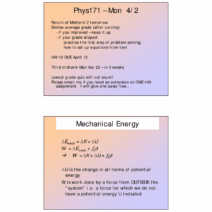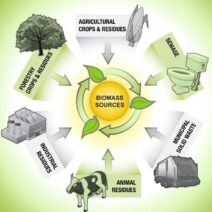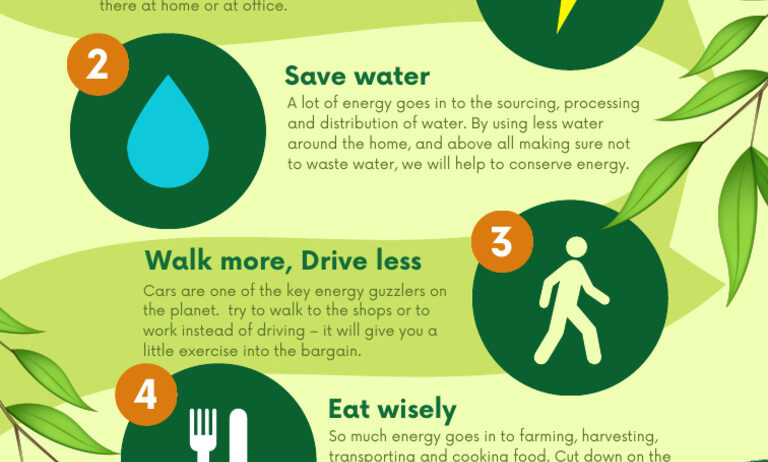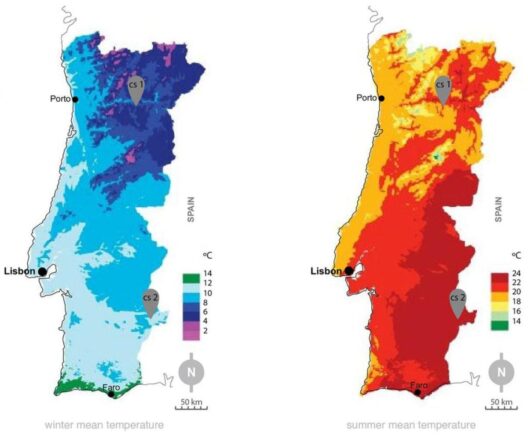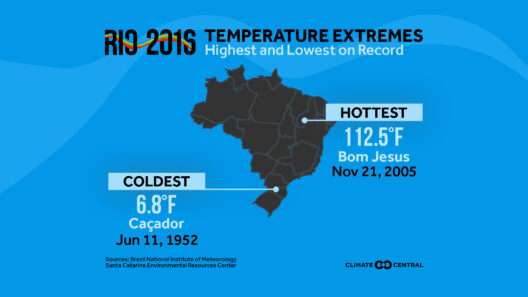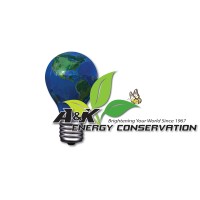In an era characterized by escalating environmental concerns, energy conservation becomes an imperative. As populations grow and energy demands expand, the need for sustainable practices is more pressing than ever. This discourse elucidates two pivotal strategies for conserving energy resources: the adoption of renewable energy technologies and the implementation of energy efficiency measures.
Renewable Energy Technologies
One of the foremost avenues for conserving energy lies in harnessing renewable energy sources. These include solar, wind, hydroelectric, and geothermal energy. Unlike fossil fuels, which are finite and contribute to greenhouse gas emissions, renewables offer a sustainable alternative that can significantly reduce our carbon footprint.
Solar Energy
Solar power epitomizes one of the most prolific renewable resources. By installing photovoltaic panels on rooftops or in solar farms, households and businesses can generate their electricity. This decentralization of energy supply decreases the reliance on coal and natural gas, markedly diminishing the amount of carbon released into the atmosphere. Moreover, solar energy can be harnessed directly; homeowners can utilize solar water heating systems to provide hot water with minimal energy expenditure.
Integrating solar energy into our infrastructures also yields ancillary benefits. For instance, solar installations create jobs in manufacturing, installation, and maintenance sectors. As technology advances, the cost of solar panels has plummeted, making this an increasingly accessible option for a wider demographic.
Wind Energy
Wind energy presents another realm of opportunity in the quest for sustainability. Utilizing wind turbines, communities can convert kinetic energy from the wind into electric power. Wind farms, particularly those positioned offshore, have shown tremendous potential in generating large quantities of energy without depleting natural resources.
In addition to being environmentally friendly, wind energy contributes to local economies by creating jobs and fostering energy independence. A notable point is the scalability of wind energy; small turbines can be utilized in rural areas, while large wind farms can cater to urban populations, thus demonstrating versatility in application.
Energy Efficiency Measures
In tandem with tapping into sustainable energy sources, enhancing energy efficiency in buildings and industrial processes constitutes another critical strategy. Energy efficiency refers to using less energy to provide the same service. This pivot not only curbs energy consumption but also translates into financial savings over time.
Building Retrofitting
One of the foremost methods to attain energy efficiency is through retrofitting existing structures. Insulation plays a vital role here; properly insulated homes and buildings minimize the need for heating and cooling. Strategies may include adding insulation to walls, ceilings, and floors, sealing leaks around doors and windows, and utilizing energy-efficient appliances. The installation of smart thermostats additionally allows for optimized heating and cooling management, adapting to occupancy patterns and thereby conserving energy.
Moreover, adopting energy-efficient lighting systems, such as LED bulbs, offers considerable reductions in electricity consumption. These bulbs not only last longer than traditional incandescent or fluorescent lights but also utilize a fraction of the energy, translating into substantial cost savings for consumers.
Industrial Efficiency
The industrial sector represents a significant portion of global energy use. Enhancing efficiency in manufacturing processes can bear remarkable benefits in energy conservation. Strategies such as process optimization, equipment upgrades, and employee training in energy-saving practices can streamline operations and reduce wastage.
Furthermore, implementing energy management systems allows for real-time monitoring of energy use. Such systems can identify inefficiencies within operations, ultimately facilitating targeted interventions that can dramatically curtail energy expenditure.
Integration of Smart Technology
Innovative technologies continue to emerge as formidable allies in energy conservation. The advent of smart home technology, including automated lighting systems and energy management applications, empowers consumers to monitor and control their energy usage. Real-time data analytics can reveal consumption patterns, prompting users to alter behaviors that lead to excessive energy use.
Additionally, smart grids represent a revolutionary shift in energy distribution, allowing for more efficient integration of renewable energy sources and real-time communication between utilities and consumers. By optimizing the balance between energy supply and demand, smart grids facilitate the reduction of energy waste, thus promoting sustainability.
Conclusion
As we navigate the complexities of modern energy demands and environmental challenges, a dual approach rooted in renewable energy technologies and energy efficiency measures offers a viable path towards conservation. By embracing sustainable practices, society can mitigate the adverse impacts of climate change while fostering economic growth and enhancing our quality of life. Each step taken towards these strategies not only conserves energy resources but also paves the way for a more sustainable future. The responsibility lies with individuals, communities, and governments alike to prioritize these endeavors, ultimately ensuring a harmonious balance between energy consumption and environmental stewardship.
